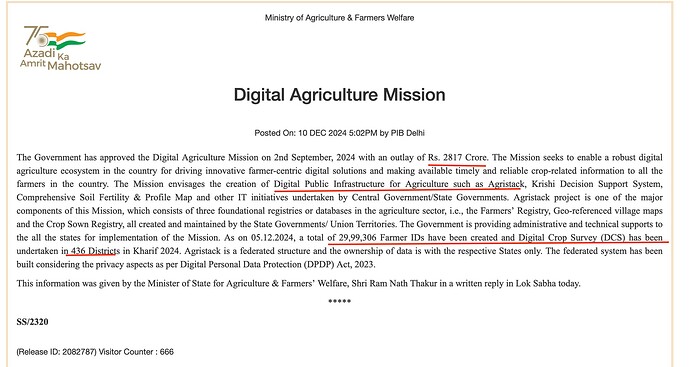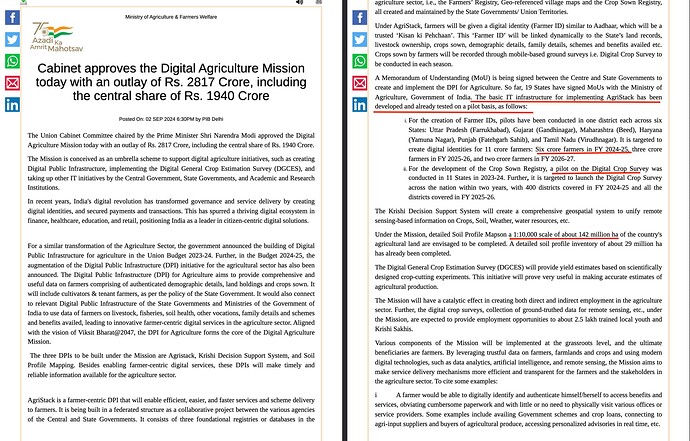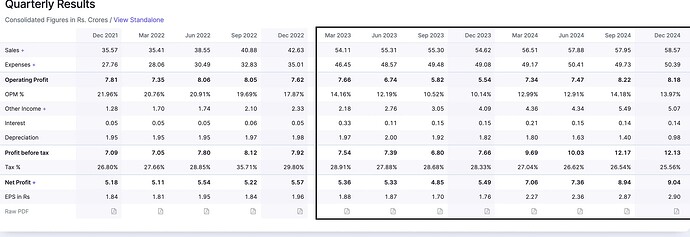Upcoming opportunities in Geospatial Sector..
How Geospatial Data Augments Satellite Communications
Geospatial data is a key enabler in satellite communication networks, enhancing signal propagation modeling, interference reduction, and real-time data relay. It combines satellite imagery, terrain models, and atmospheric conditions to advance system performance, optimize beamforming, and facilitate seamless connectivity through challenging environments.
-
Network Performance Optimization: Geospatial analytics predict mobile network coverage by using satellite imagery, elevation models, and population density maps. This allows accurate placement of satellite ground stations and optimal power allocation for satellite beams, minimizing signal degradation and maximizing coverage in rural areas.
-
Interference Management in Satellite-Terrestrial Networks: With growing overlap between terrestrial 5G networks and satellite-based communications, geospatial data helps identify zones of interference. By processing spatial frequency allocations and terrain obstructions, operators can realign beam steering, adjust frequency bands, and optimize coexistence between low-earth orbit (LEO), medium-earth orbit (MEO), and geostationary (GEO) satellites.
-
Multibeam Satellite System Design: Geospatial data supports satellite beam design by simulating real-world traffic demand distributions. This optimizes beam placement, frequency reuse patterns, and power levels to ensure balanced data distribution in high-traffic and low-density regions. AI-based geospatial models further optimize these simulations, optimizing network efficiency.
-
Real-Time Earth Observation and Data Processing: Satellites produce enormous geospatial datasets for uses like disaster response, environmental monitoring, and defense. Sophisticated methods like satellite edge computing enable real-time onboard processing of geospatial imagery prior to sending only pertinent data to ground stations, conserving bandwidth and enhancing response times.
-
High-Speed Data Relay Systems: Geospatial data is a central component of high-speed data relay systems, including the European Data Relay System (EDRS) and NASA’s Tracking and Data Relay Satellite System (TDRSS). These systems leverage accurate satellite positioning and geospatial tracking to enable low-latency, high-bandwidth data transmission between ground stations and satellites, serving space research, Earth observation, and global communications.
-
Space-Based Internet and Broadband Expansion: Operators like Starlink, OneWeb, and Amazon’s Kuiper depend on geospatial data for management of satellite constellations to provide optimal coverage and adaptive beam steering. AI-optimized geospatial models predict connectivity needs and dynamically adjust satellite positions, improving service reliability and lowering congestion.
With increasing global connectivity demands, geospatial data will remain an integral component in satellite communication systems, enhancing efficiency, reliability, and real-time data access.
Geospatial Data Services for Satellite Constellations:
- Authority: Indian National Space Promotion and Authorization Center (IN-SPACe)
- Description: Development and operation of Earth observation satellite constellations to enhance data sovereignty.
- Status: Technical evaluations to conclude by January 2025, followed by a tender process.
India’s space sector is witnessing a remarkable transformation with 30 companies forming 09 consortiums to build the nation’s own satellite network. This ambitious project, targeting a massive Rs 375,000 crore market by 2030, has attracted major players like Google-backed Pixxel ( Genesys already has a working relationship with Google for map data ), Baring PE-backed SatSure, and Tata Advanced Systems.
The space regulator IN-SPACe has set clear entry barriers: companies need either Rs 85 crores in space investments, Rs 850 crores valuation, or Rs 200 crores turnover over three years** [Nelco, Ceinsys, Genesys should Qualify here , need to check who has shown interest in applying  ] . The winning consortium will receive a Rs 350 crores government loan, with the requirement to establish local control centers to maintain data sovereignty.
] . The winning consortium will receive a Rs 350 crores government loan, with the requirement to establish local control centers to maintain data sovereignty.
The initiative, supported by a Rs 1,000 crore space startup fund, aims to reduce India’s dependence on foreign satellite data. Technical evaluations will conclude by month-end, followed by the final tender process. This project represents India’s strategic push to become self-reliant in space technology while creating opportunities for private sector participation in the growing space economy.
Interesting Tender :
Asset Mapping Of Ehv Transmission Line Towers Using High Resolution Stereo Satellite Imageries
The Rajasthan Rajya Vidhyut Prasaran Nigam Limited (RVPN) has announced a Rs 93 crore tender for asset mapping of Extra High Voltage (EHV) transmission line towers.( Ceinsys could bid this as they have the capabilities for this ) The project combines high-resolution stereo satellite imagery mapping with a web-enabled GIS-based software application, supported by a 5-year Annual Maintenance Contract (AMC).
The scope includes satellite-based mapping of EHV infrastructure and development of a comprehensive GIS application for digital asset management. RVPN seeks bidders with expertise in satellite imagery, GIS technology, web development, and power infrastructure. Interested companies must submit proposals by March 24, 2025, with tender documentation available through RVPN’s portal.
ref:
www.reuters.com/world/india/indias-push-home-grown-satellite-constellation-gets-30-aspirants-2024-12-24






